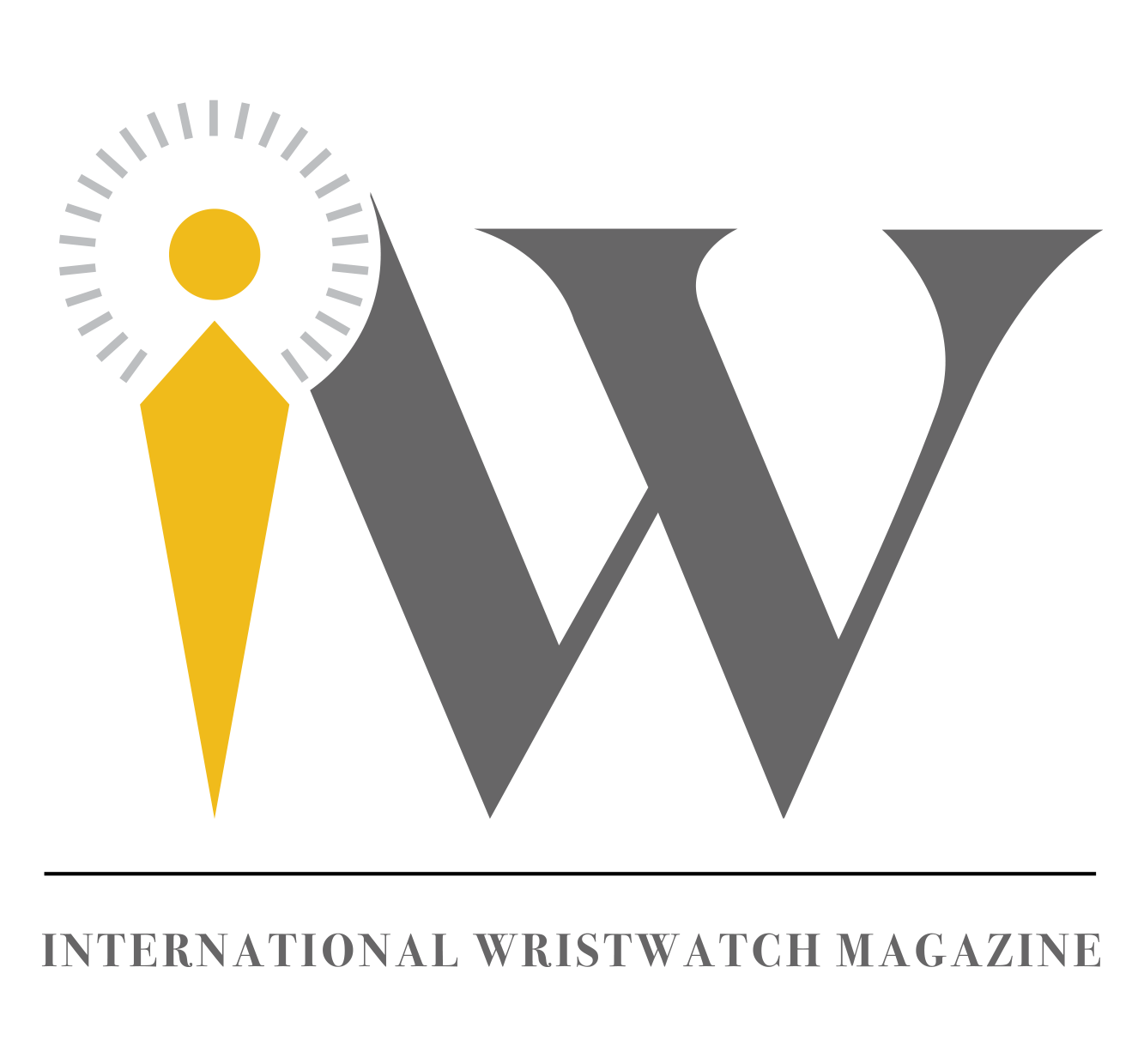This month, collector and brand historian Fred Mandelbaum takes a deep dive through the history of Breitling’s invention of the underwater chronograph.

The Breitling legacy of creating innovative chronographs dates to the company’s founder, Leon Breitling, and his earliest timekeeping inventions in the late 19th century. By the early 20th century, Breitling was top for timing the emerging motor racing scene. In the interwar period, Breitling turned its focus towards aviation with cockpit instruments and later wristwatches for pilots.
With air and land chronographs in the bag, there was one domain left for Breitling’s speciality. The very first aquatic chronograph, the SuperOcean ref. 807 dive chronograph, was presented in Basel in 1957.
The development came on the heels of the massive success of Jacques Cousteau’s 1956 movie The Silent World which sparked huge interest in the hidden wonders underwater and spawned a new category of watches, the dedicated diving watch.
Willy Breitling saw deep sea exploration as a new, exciting segment to market his tool-watch designs. In advertisements, he dreamt of scuba diving as “a new form of mass tourism.” But Willy didn’t just take the chronograph underwater, he did so with characteristic panache.

The SuperOcean ref. 807 dive chronograph and the SuperOcean automatic ref. 1004 could withstand depths of 200m (600 ft), in line with or better than competitors. Willy made the minutes counter easily visible underwater with the first of what is known today as the “reverse panda dial,” white subdials on a black dial.
Rotating bezels could track the remaining underwater oxygen supply and time to depressurization. Dials coated in luminous material made for high legibility even in darkness. The hour and minute hands were also designed to be easily distinguishable from each other underwater. The 39-mm wide rotating bezels are slim and concave for easy grip with gloved hands in a diving suit while curved lugs hug the wrist.
From beach elegance to serious dive creds
The year 1964 brought a drastic departure from the slim divers’ dress-watch designs of the 1957 SuperOceans. The SuperOcean “Slow Motion” ref. 2005 Mk1—at 43 mm—proved a massive beast for its time, but there was a good reason: legibility.
A diver’s life depends on the tool on his or her wrist. Willy realized the oxygen reserve or decompression was not calculated in seconds but in minutes. He eliminated the seconds hand and designed an exclusive chronograph caliber to offer a large, central hand showing elapsed dive time in minutes.
The rotating bezel could be used to time depressurization during ascent. But the missing chronograph seconds hand made it hard to be sure whether the watch was still running. The huge diamond tip hand on the Mk1 creeped along so slowly it was impossible to tell. Willy’s solution was an index window at 6 o’clock that is blank when the chronograph is stopped and filled with a large tritium dot when active, a small dot when paused. Unique, slightly quirky, very useful.

In early 1970, Breitling introduced the world’s first automatic dive chronograph, the SuperOcean Chrono-matic ref. 2105, which could withstand pressure up to 200m underwater. Part of a series of waterproof models nicknamed “the pizza” for their oversized format, this 48-mm watch combined an automatic movement with a case that sported an internal rotating bezel, set by an external ring.

In 1983, Breitling embraced the quartz revolution with a new SuperOcean “Deep Sea” that was water-resistant to 1000 m, aiming squarely at professional divers, rather than casual enthusiasts. This impressive technical feat was enabled by the patented helium escapement caseback that acted like a valve, protecting the watch from extreme changes in pressure.

A modern-retro take
Scuba diving may not have become the “new form of mass tourism” that Willy Breitling had envisioned in 1957, but dive watches certainly remain a mass-market segment today, even if most owners will rarely use them for what they were designed for. The current Superocean model lines are now among Breitling’s top sellers.
The Superocean Heritage line was revived for the 50th anniversary by then company head Theodore Schneider in 2007. The revival took design cues from the 1957 icons, but added their modern, more muscular twist. These were watches that look good with beachwear, or while surfing, snorkeling, and diving, but also at the office or an elegant dinner.

Since 2020, current Breitling CEO Georges Kern introduced various Superocean Heritage ’57 capsule collections. He revived the original concave bezels, with each capsule collection presenting its own interpretation, emphasizing the playful elegance and joie de vivre of the art-deco-inspired beauties of 1957.
The Superocean Automatic, launched in 2022, brings back the powerful lines and some funky details of the 1970 Slow-Motion Mk2. The newest Superocean watches present a fresh modern-retro interpretation of the high-contrast dial ring and the square paddle hands with water resistance ratings of up to 1000 m (3300 ft). They come in a variety of sizes from 36 to 46 mm, a multitude of rubber straps, steel bracelets, dial and lume colors, a perfect balance of nostalgia and modernity.

–









Comments are closed.